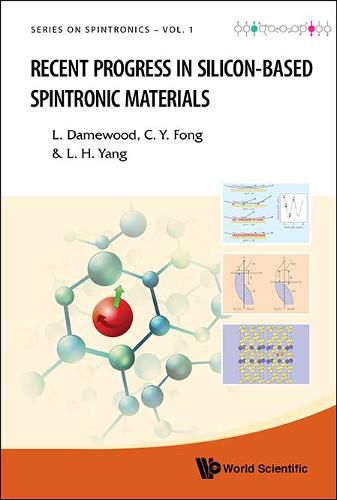Readings Newsletter
Become a Readings Member to make your shopping experience even easier.
Sign in or sign up for free!
You’re not far away from qualifying for FREE standard shipping within Australia
You’ve qualified for FREE standard shipping within Australia
The cart is loading…






This book covers the crucial aspects of theoretical and experimental approaches for Si-based spintronic materials. The theory parts emphasize on two first-principles methods - the GW method to improve the insulating gaps of the half metals which are a class of materials ideal for spintronic applications, and the linear response theory to calculate electric and magnetic susceptibilities. Three growth methods for doping transition metal elements in alloy and layered forms in Si will be focused on. Also three methods for characterization will be presented emphasizing on how to interpret experimental results. Finally, recent progress made in the Si-based spintronic materials will be discussed. This book is intended for researchers and graduate students who are interested in designing and growing new spintronic materials, in particular, silicon-based.
$9.00 standard shipping within Australia
FREE standard shipping within Australia for orders over $100.00
Express & International shipping calculated at checkout
This book covers the crucial aspects of theoretical and experimental approaches for Si-based spintronic materials. The theory parts emphasize on two first-principles methods - the GW method to improve the insulating gaps of the half metals which are a class of materials ideal for spintronic applications, and the linear response theory to calculate electric and magnetic susceptibilities. Three growth methods for doping transition metal elements in alloy and layered forms in Si will be focused on. Also three methods for characterization will be presented emphasizing on how to interpret experimental results. Finally, recent progress made in the Si-based spintronic materials will be discussed. This book is intended for researchers and graduate students who are interested in designing and growing new spintronic materials, in particular, silicon-based.